This 2-acre park is named for Stephen Glascock (who owned much of Hannibal's land in 1836). At that time he set aside the land as a public landing for steamboats along the Mississippi River. In 1847, 1,020 steamboats stopped in Hannibal! By 1860, the town was an important commercial center.
The Schwartz Garden is a landscaped area that features a bronze statue of young Samuel Clemens (aka Mark Twain) as a steamboat pilot. Clemens became a licensed pilot in 1859 after two years of training.
He left the profession when the Civil War broke out in 1861. Clemens began using the pen name, Mark Twain, in 1863, when he was living in Virginia City, NV. He took the name from a steamboat term used to measure the depth of the river. A rope that was knotted every 6' and weighted at the end with a heavy rock, was dropped into the river. When two knots were submerged, the crew member would shout "mark twain" indicating that the water was two fathoms deep and, therefore, safe for the steamboat to proceed.
Continuing along the river walk is a water fountain and sun dial.
There is a gazebo (open to the public but also available for rent) that provides great views of the Mississippi River dock for the Mark Twain Riverboat.
The following day we returned to Glascock Landing for a cruise on the Mark Twain Riverboat. Tickets can be purchased at the store on the dock an were $39.19 for us both.
There are three levels on the riverboat with indoor salons on the first two. Chairs are situated outside in both the front and rear of the boat providing excellent views up and down the river. Snacks and drinks are sold on the first level.
There were lots of barges being transported up and down the Mississippi River. These tug boats have nine crew members who work six months (staying aboard) and then have six months off. The cook is apparently the most "important" crew member as no one wants to eat crappy food for six months! This one was hauling 15 empty barges upriver where grain will be loaded for the return trip.
The riverboat passes by Glascock Landing and the Mark Twain Memorial Lighthouse.
The Hannibal Boat Club is elevated to avoid damage from flooding. Unfortunately, shortly after it was built, a flood rose to two feet above its deck.
The ruins of the Storrs Ice and Coal Company can be seen along the river banks. Ice was cut from the river in the winter months, stored here, and sold to commercial and residential customers.
The old Mark Twain Memorial Bridge was built in 1936. It was replaced in 2000 (at a cost of $51M) by this one that connects Missouri and Illinois. A short distance upstream is a bridge for rail traffic (it cost $1M). A section of the bridge can be raised for boat traffic. The local grain elevators can also be seen on the Illinois side of the river. The numbers painted on the bridge abutment provide boat pilots with the clearance (in feet) under the bridge.
Lovers Leap, a 200' cliff, with a local legend involving an Indian princess and brave jumping to their deaths when their warring tribes tried to end their relationship.
The cement used for the Empire State Building, the Panama Canal, and many other structures was created at the Atlas Porter Cement Company. It is a very high quality cement that has been shipped all over the world. You can see the tower of the company in the distance in the photo below.
Jackson's Island is prominently featured in Twain's Tom Sawyer and Huck Finn books. It is a short distance downriver from the town of Hannibal. There is lots of wildlife on the island and some people camp there. It can only be reached by boat.
We always enjoy being on the water and the commentary provided by our boat captain about the area was very interesting.
The cruise lasts about an hour and runs three times a day in the summer (11 am, 1:30 pm, and 4 pm). There is also a dinner cruise at 6:30 pm each day.
For additional information about the Mark Twain Riverboat excursions, check out their website.
Website: www.marktwainriverboat.com
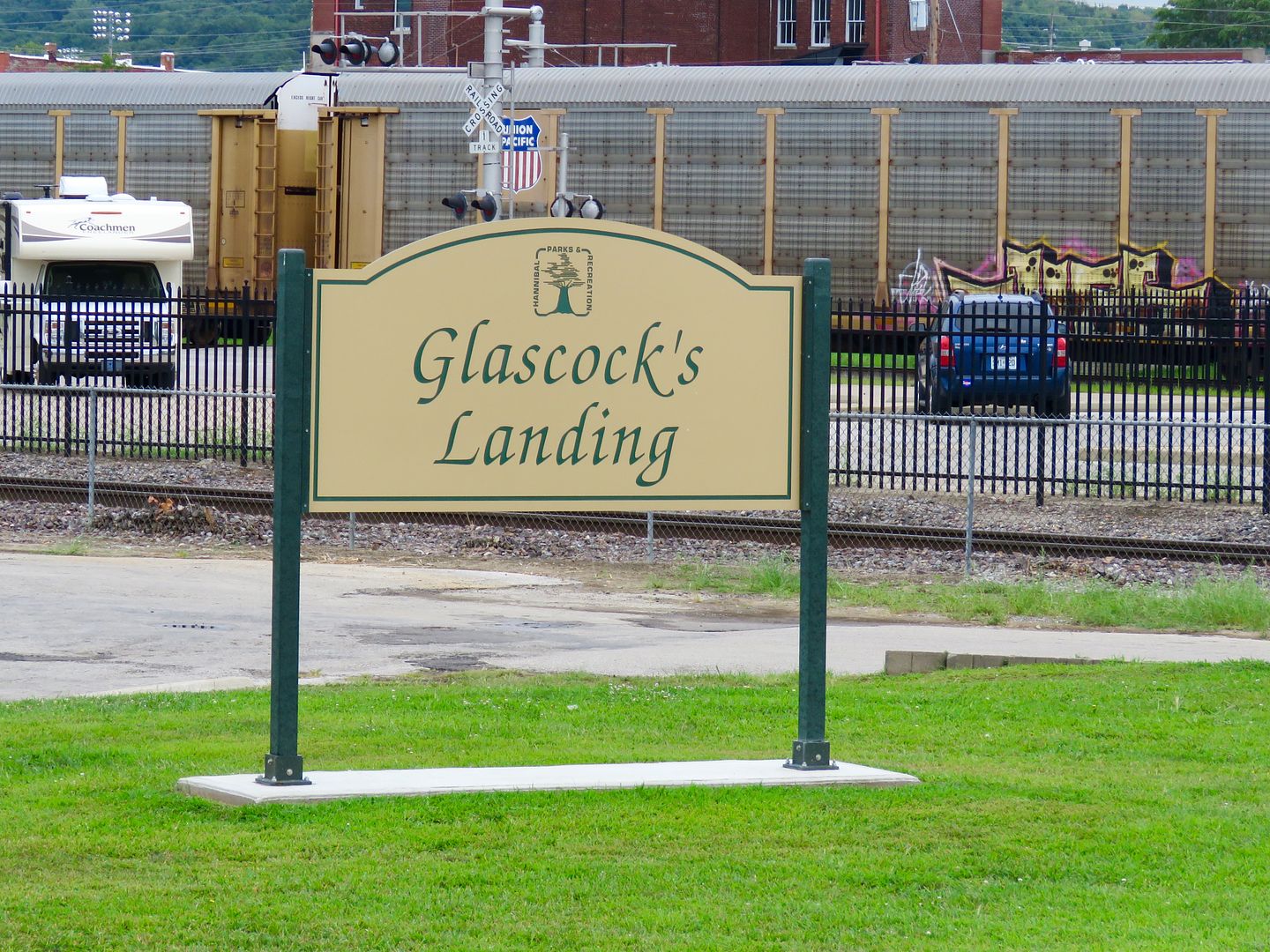



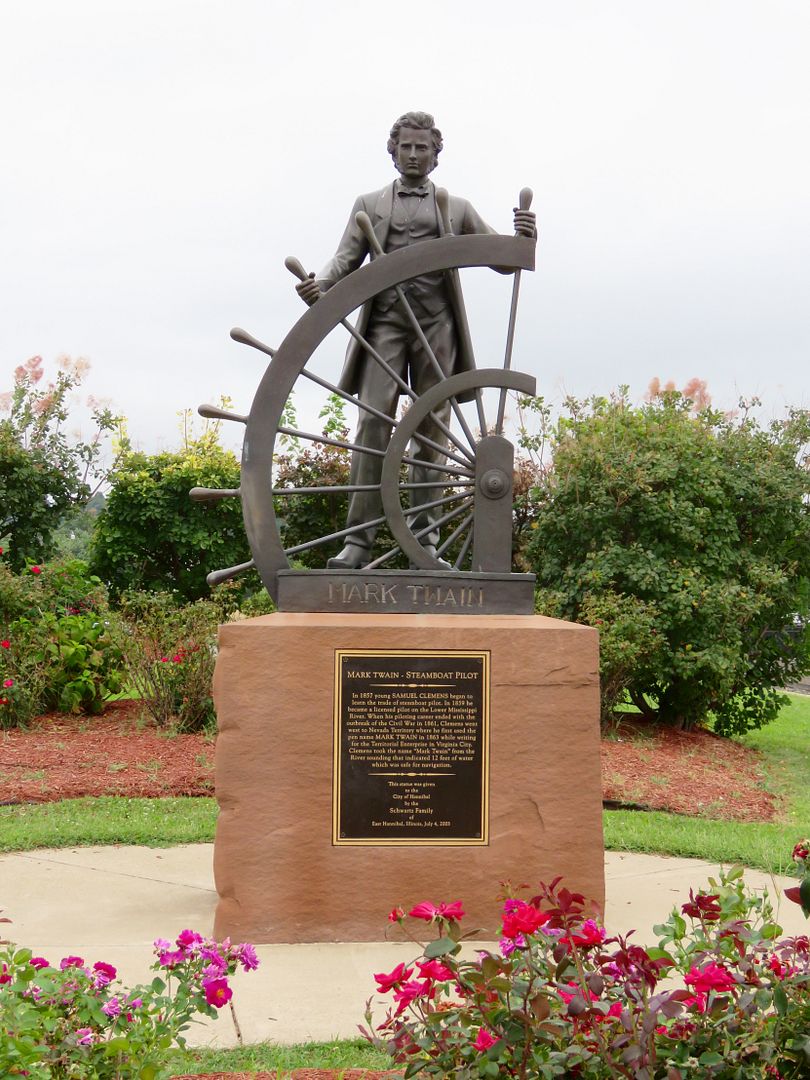
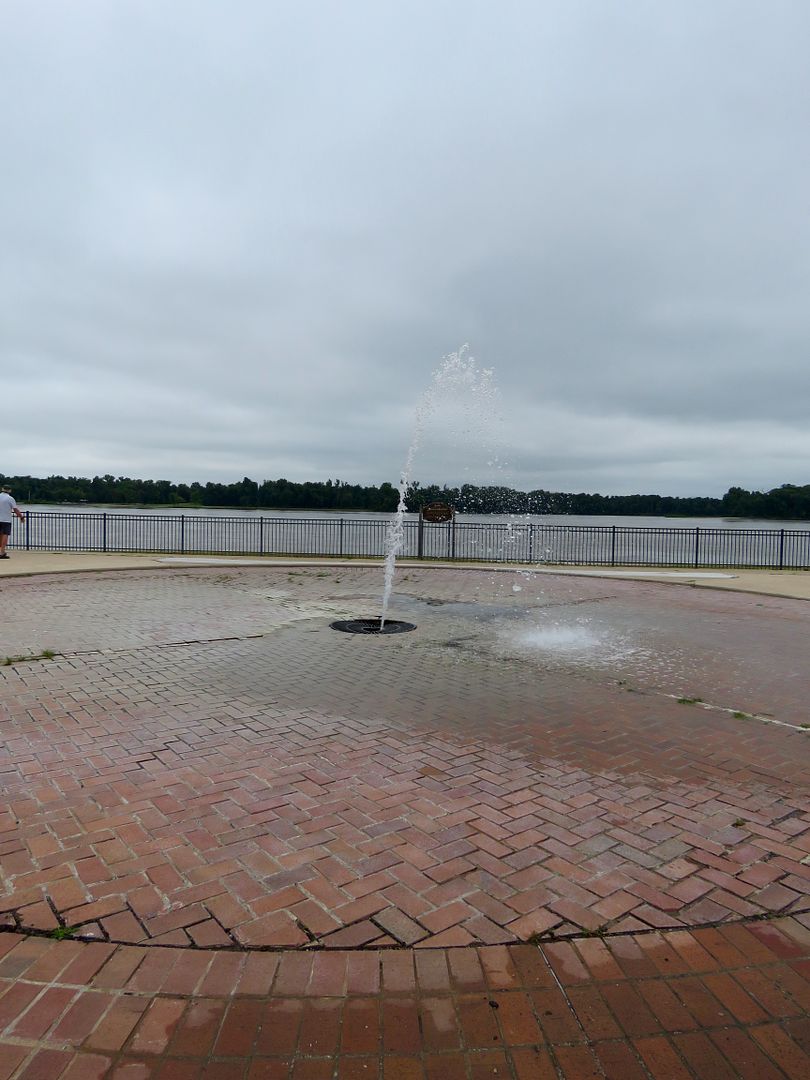


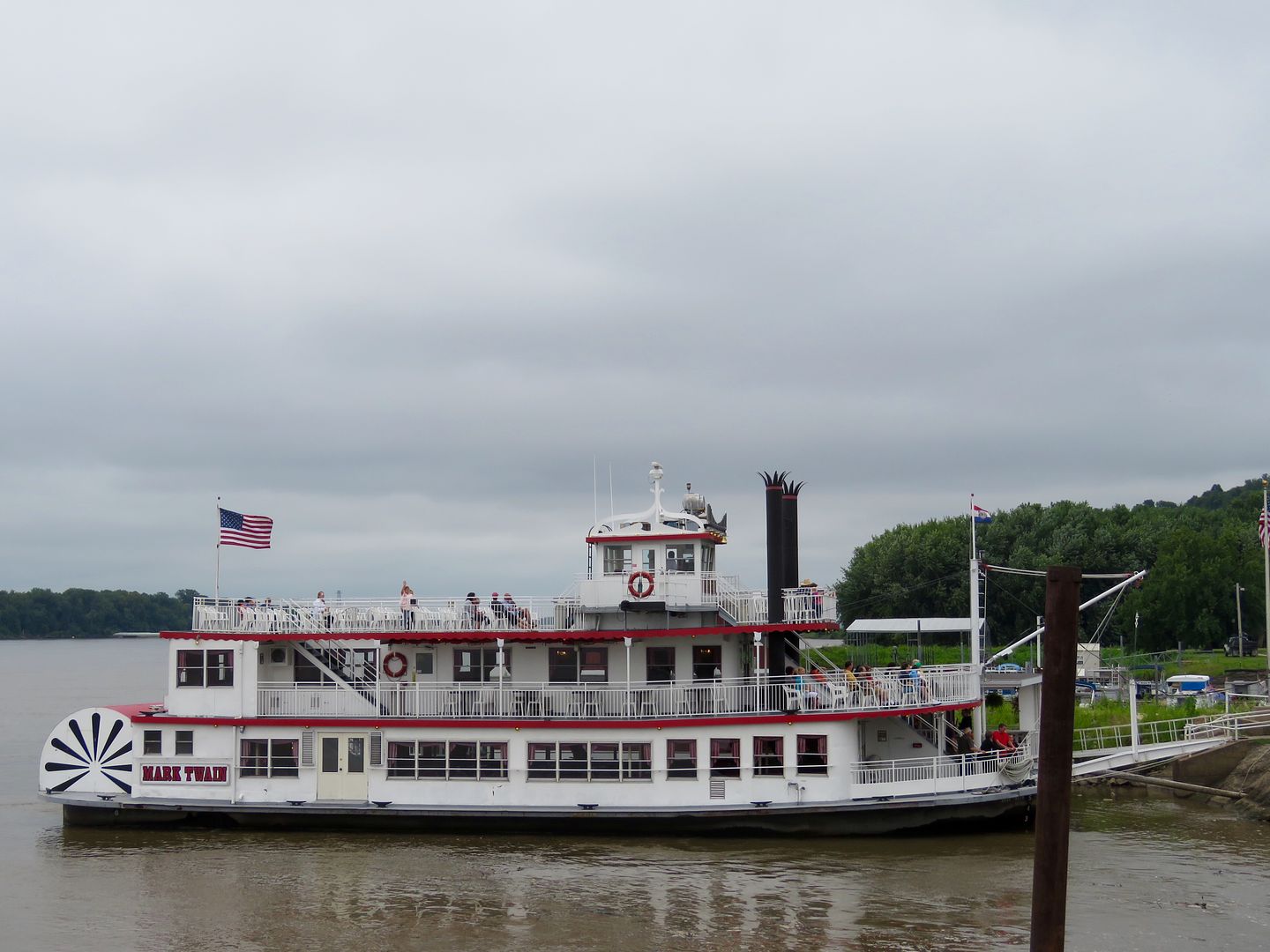
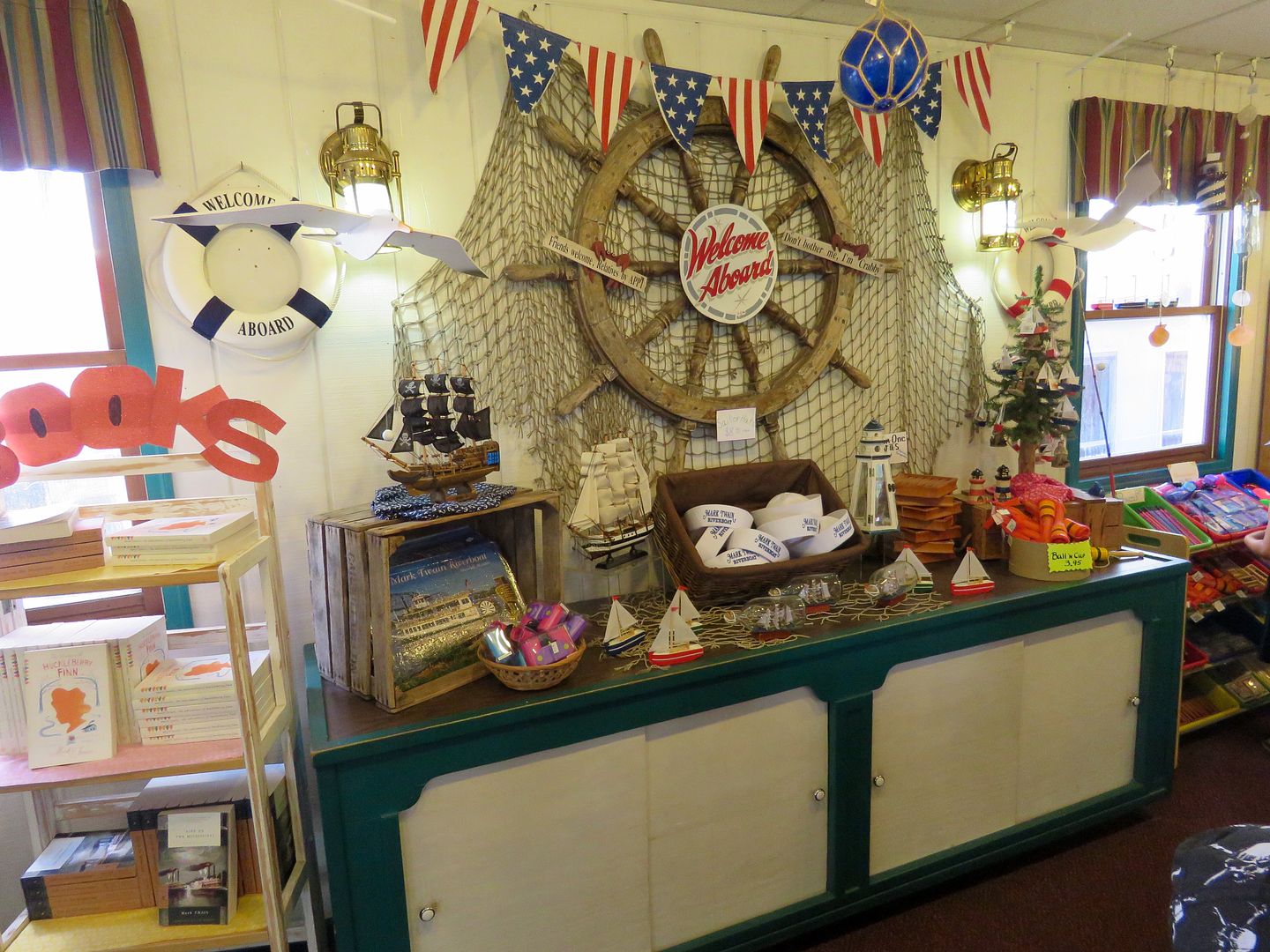
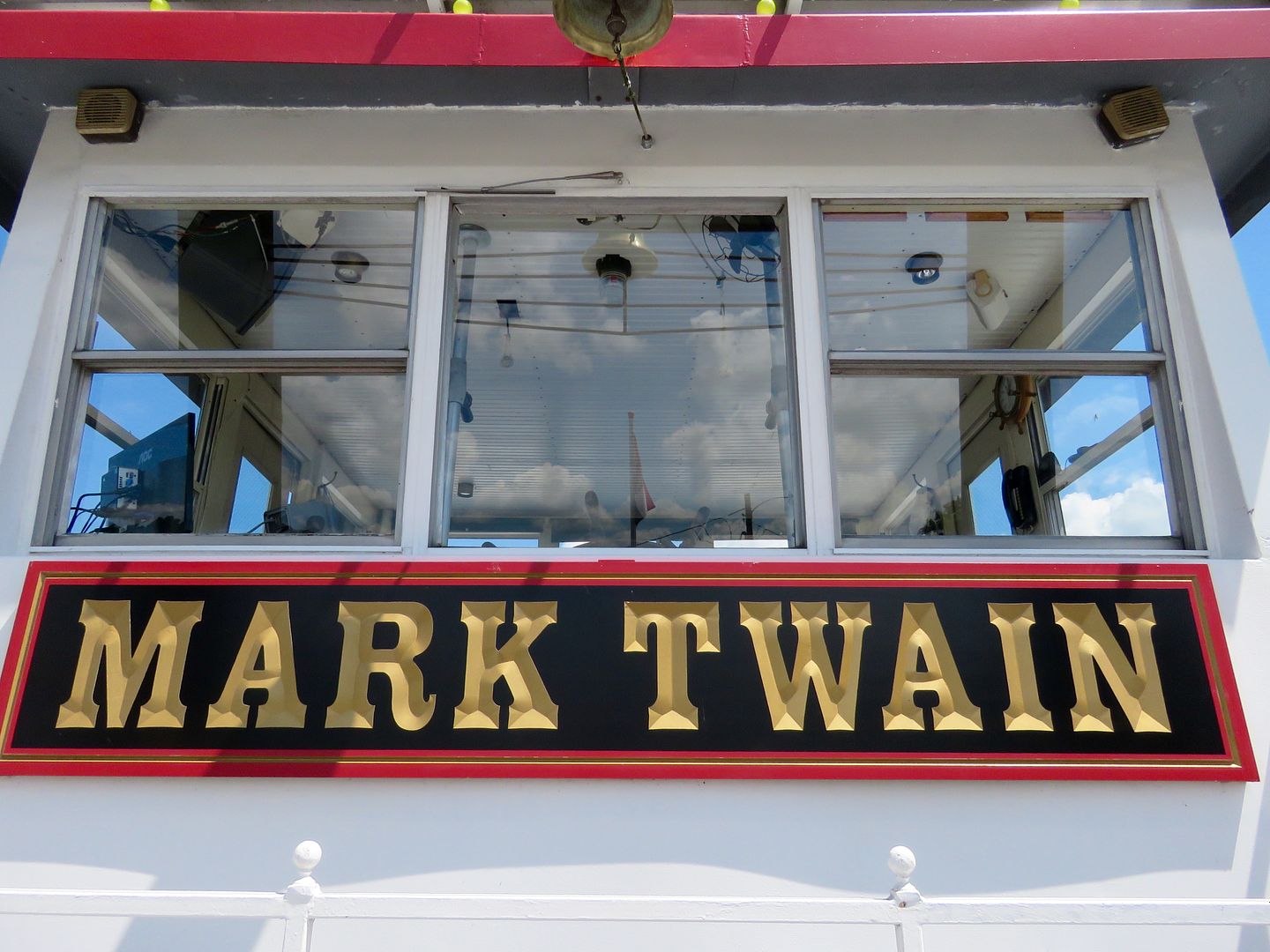

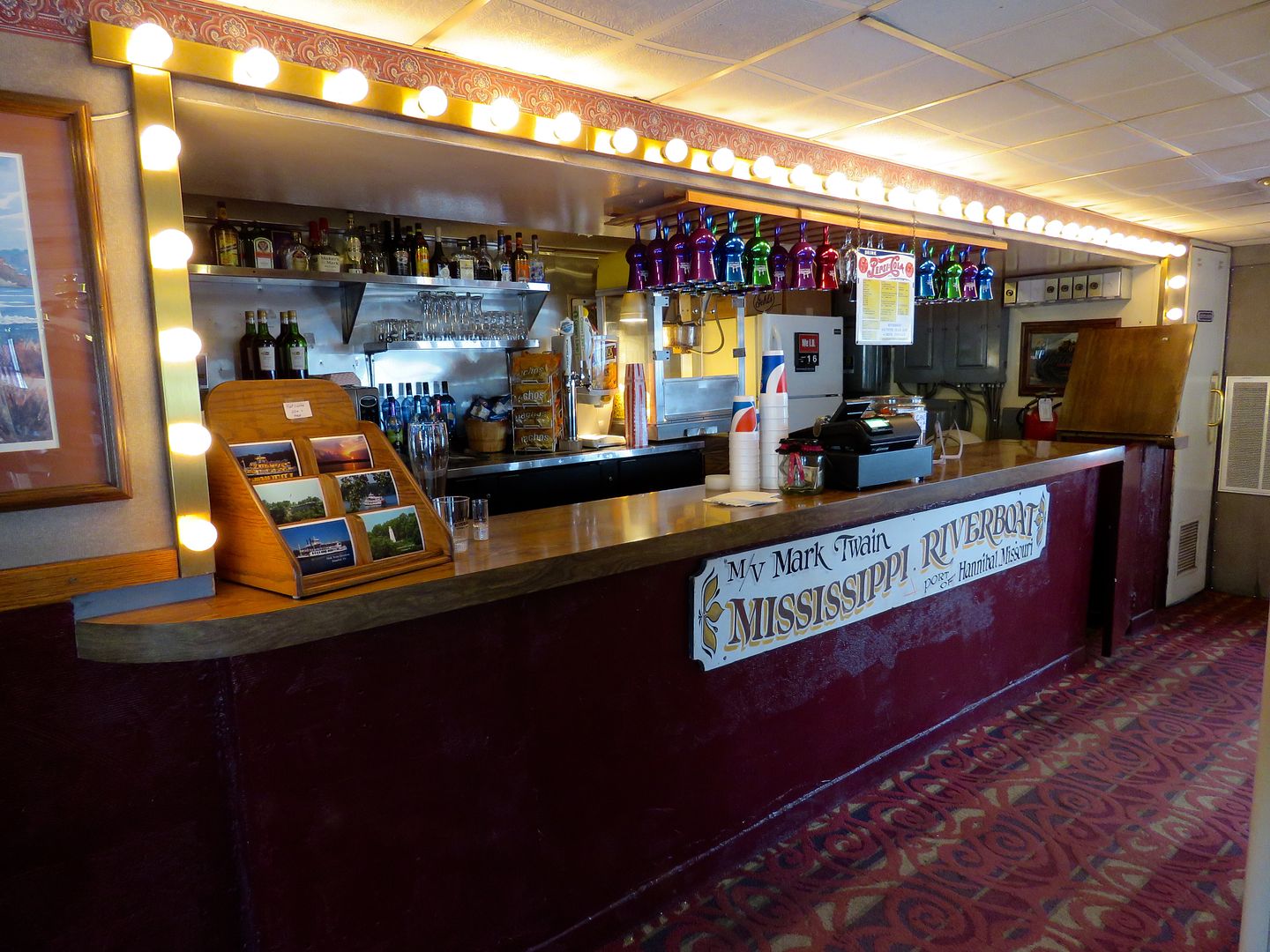

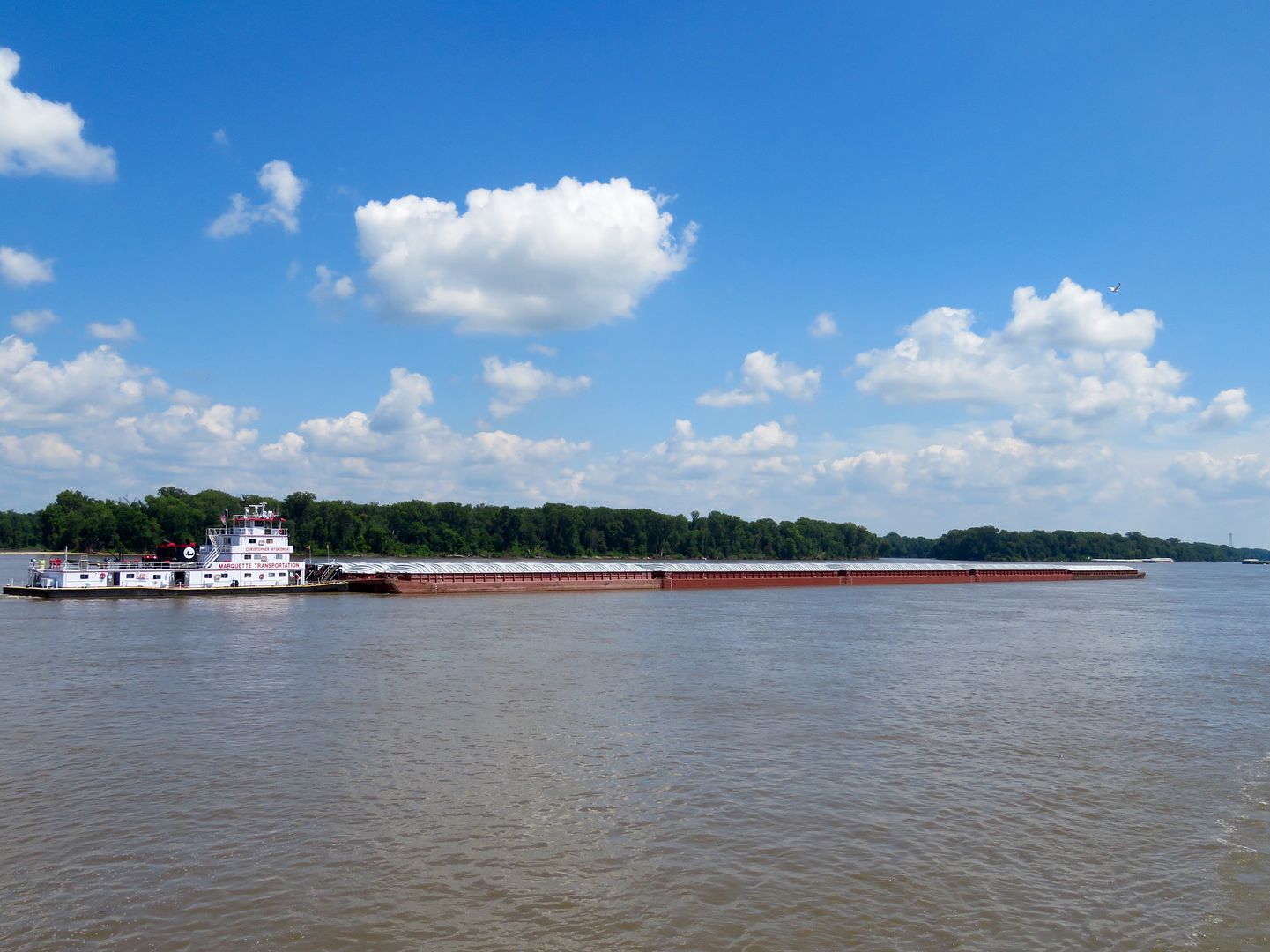
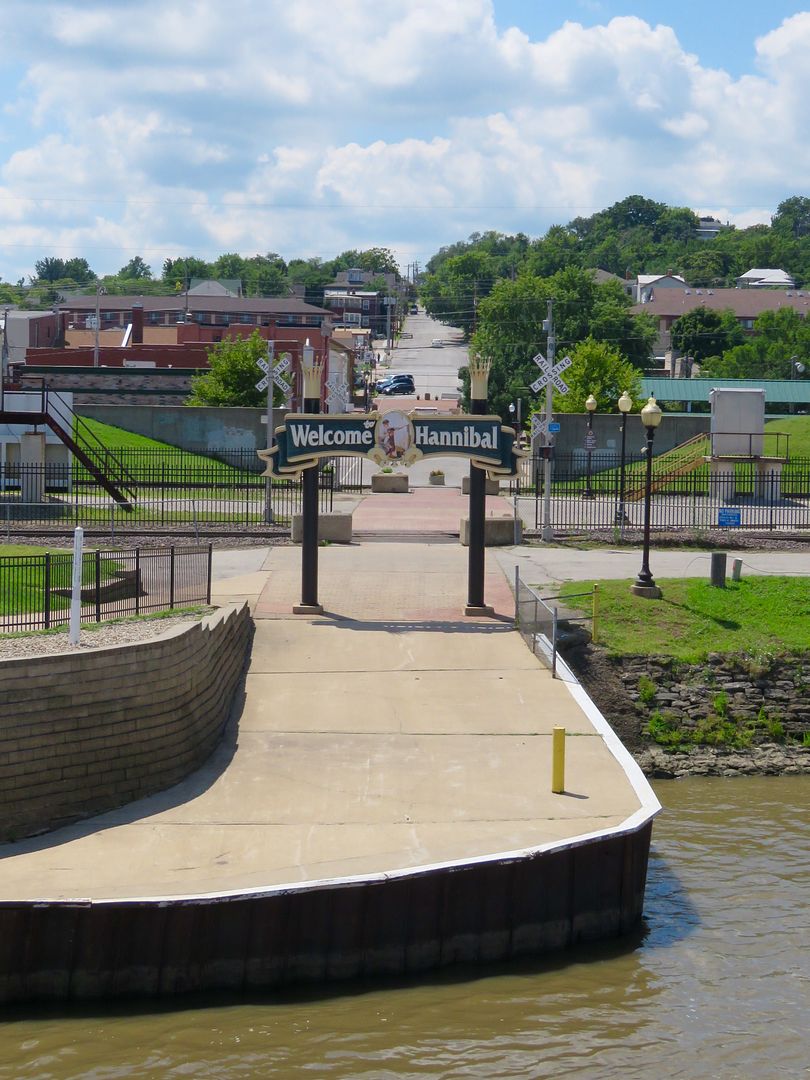
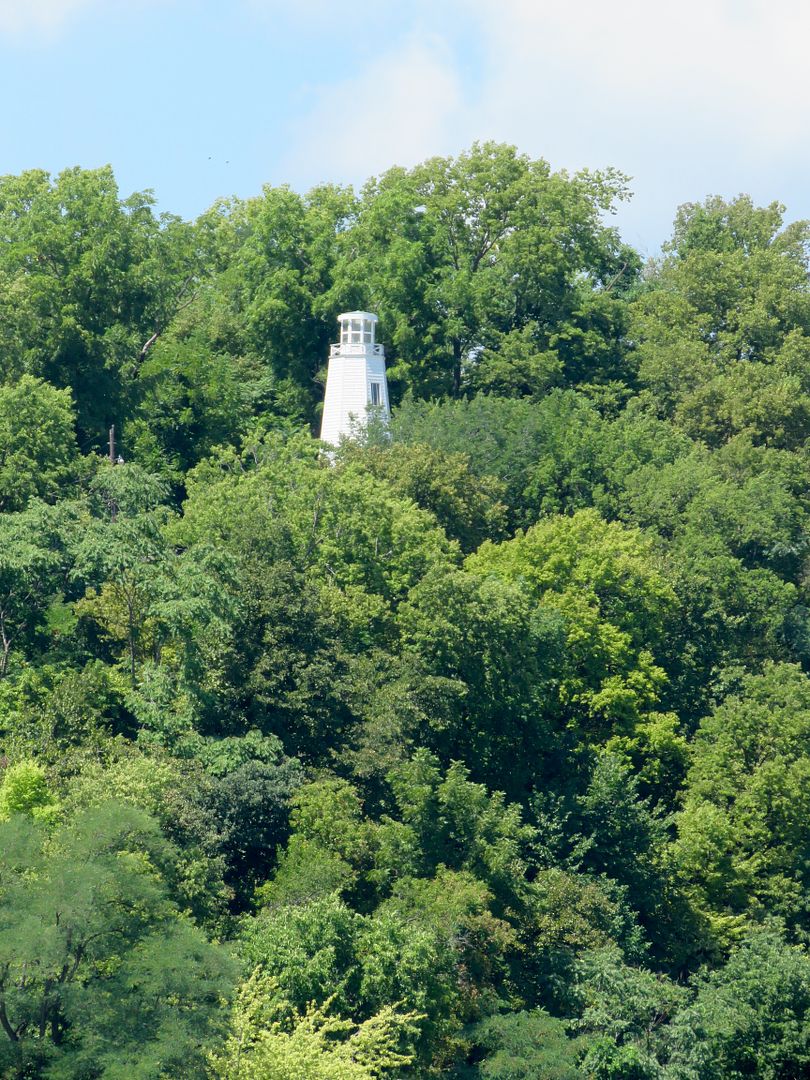
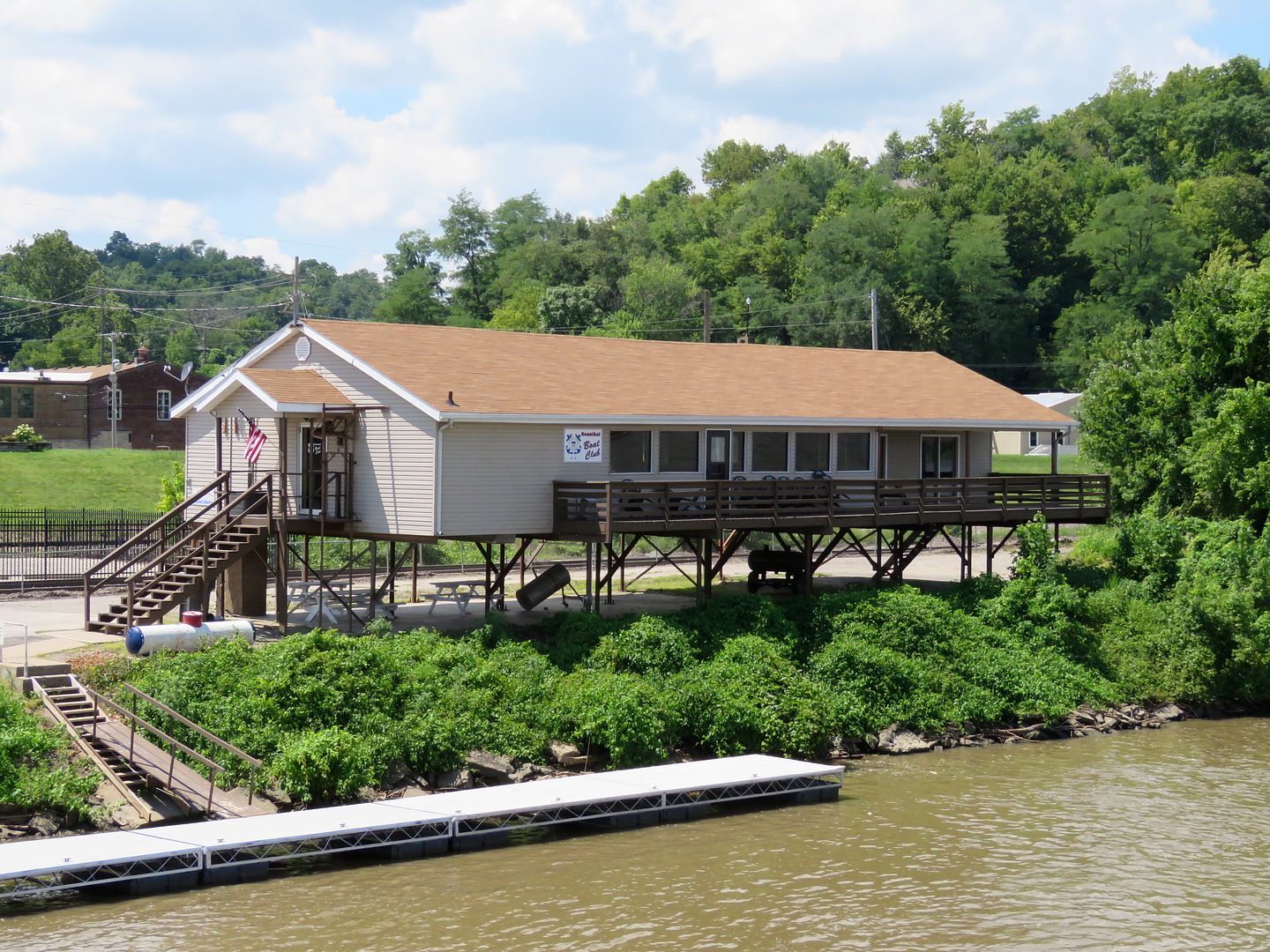
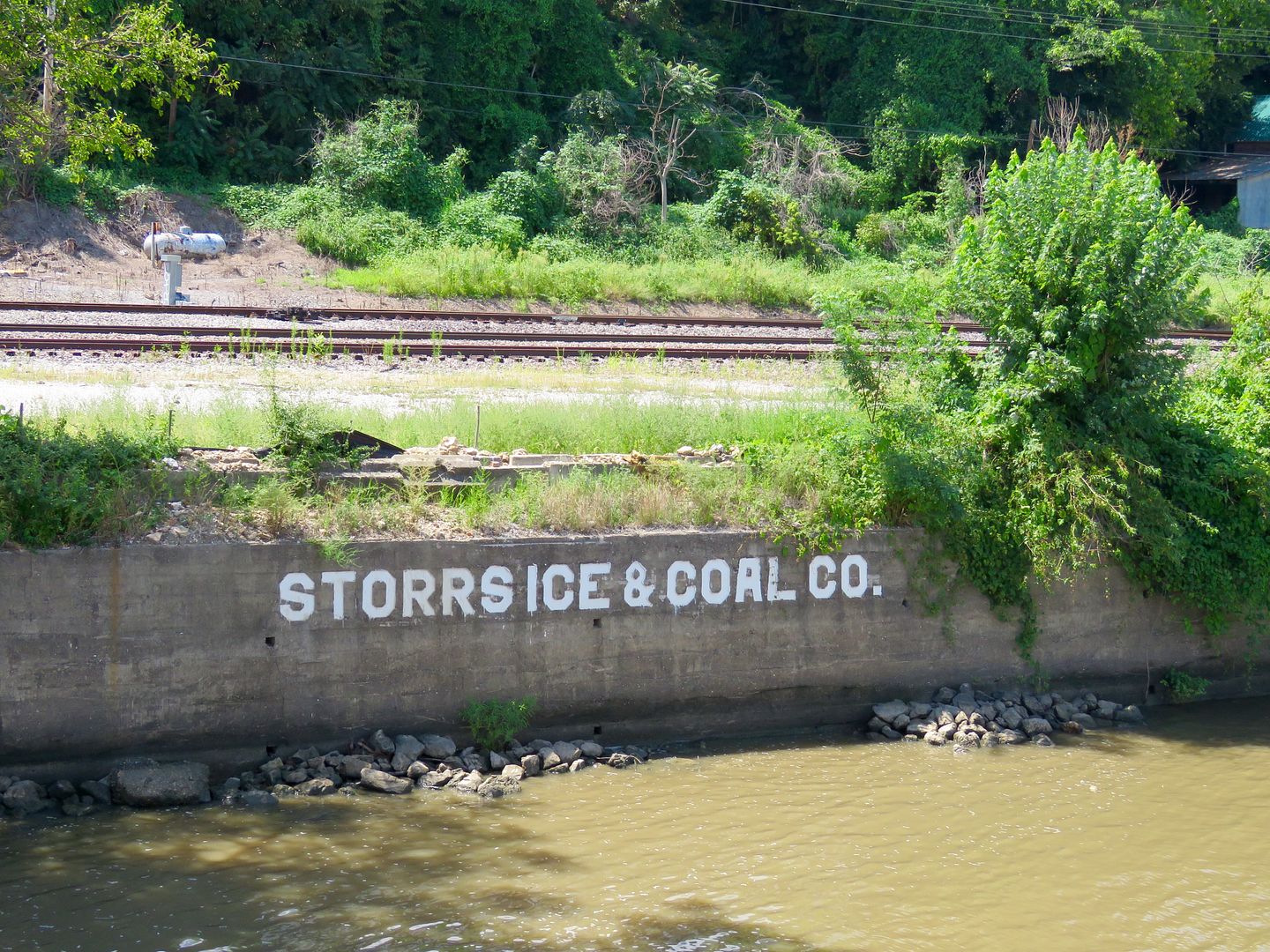

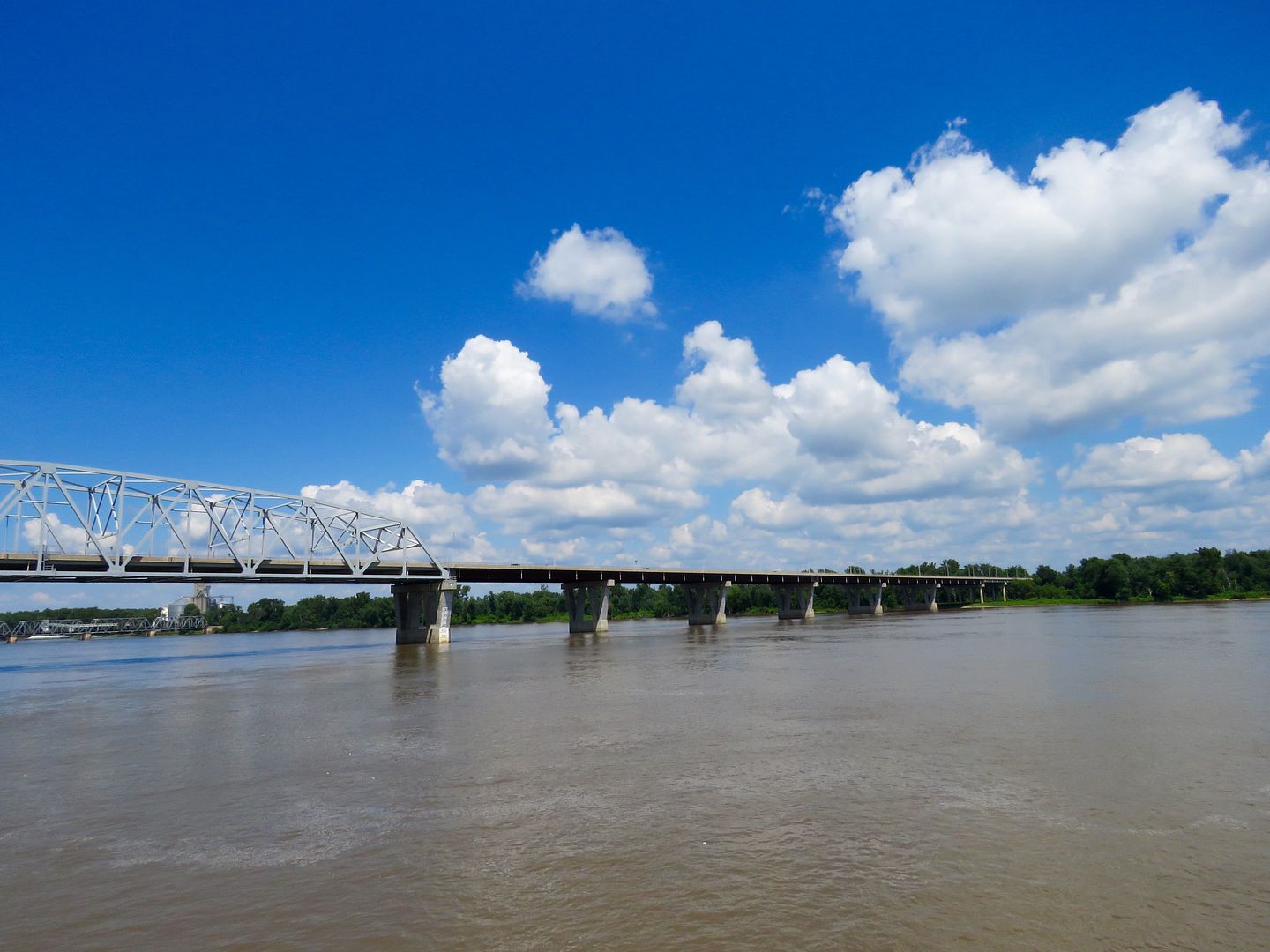
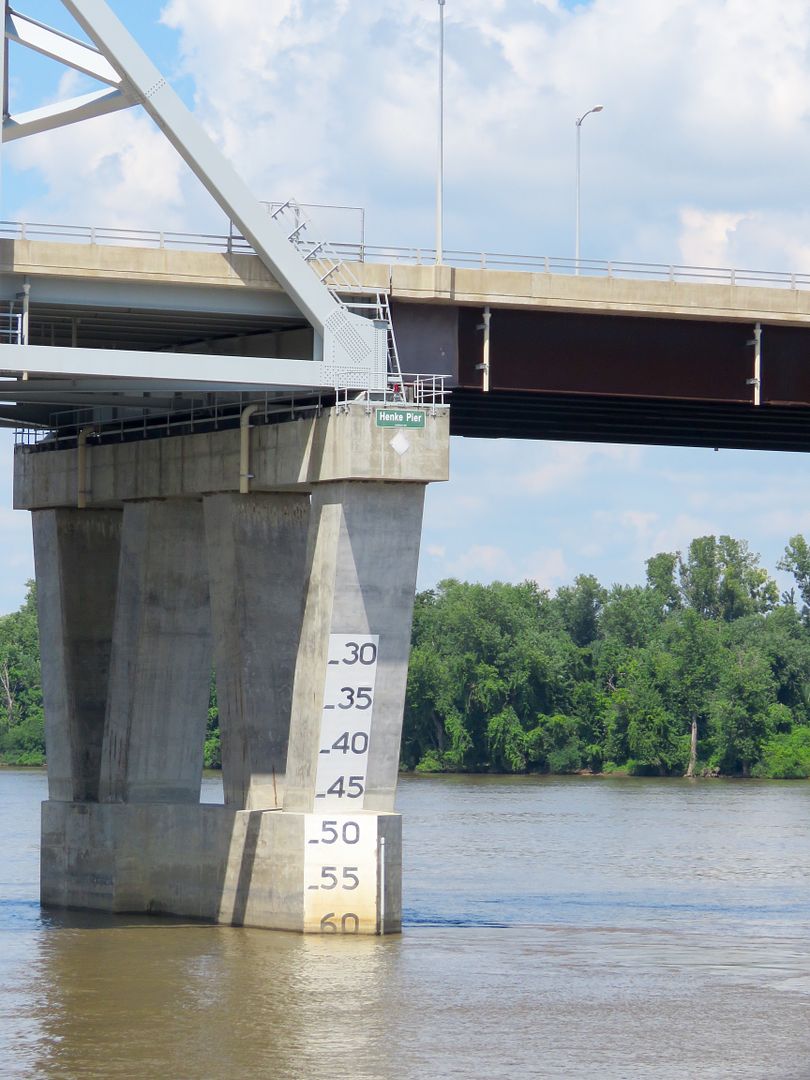
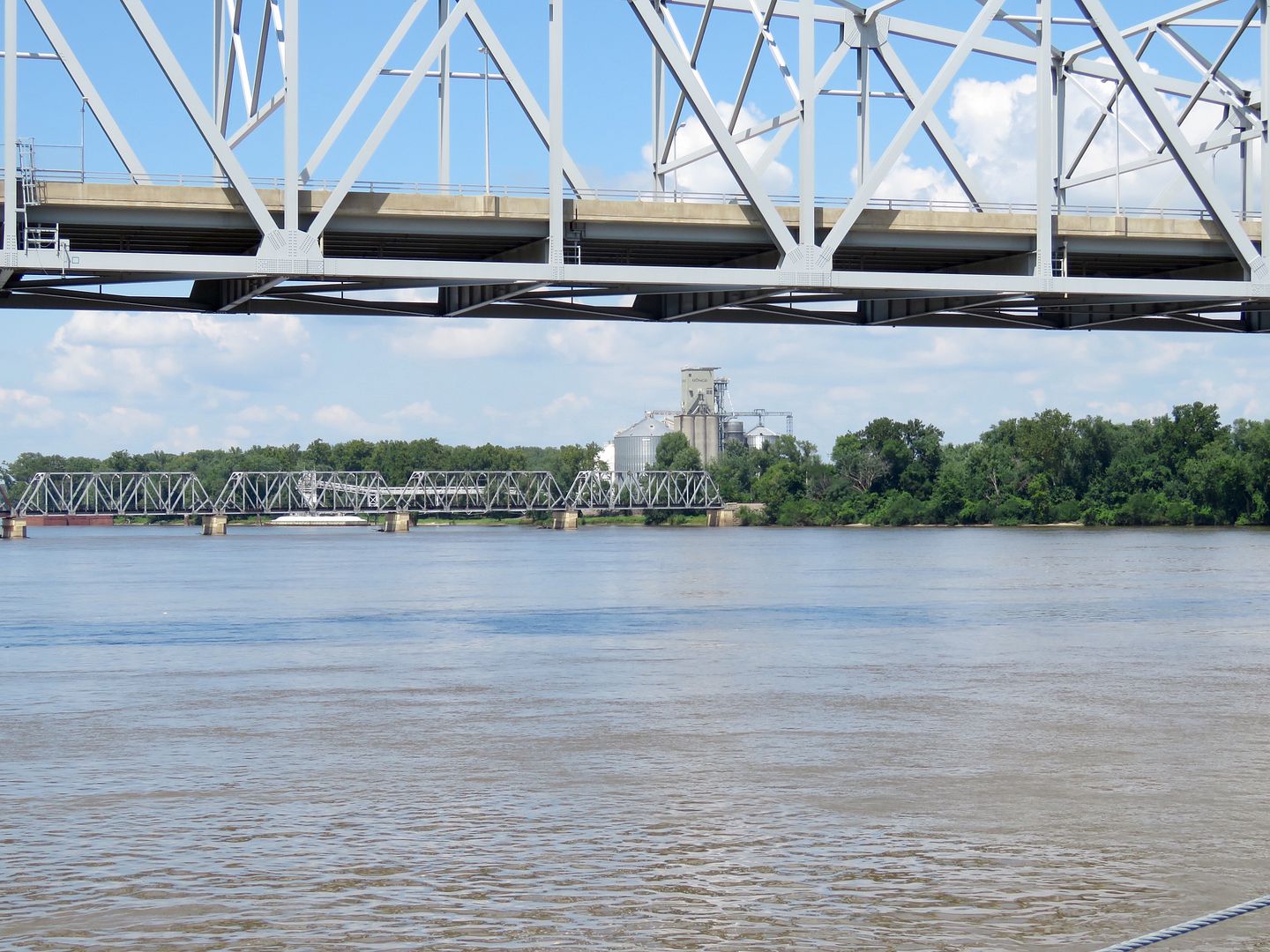
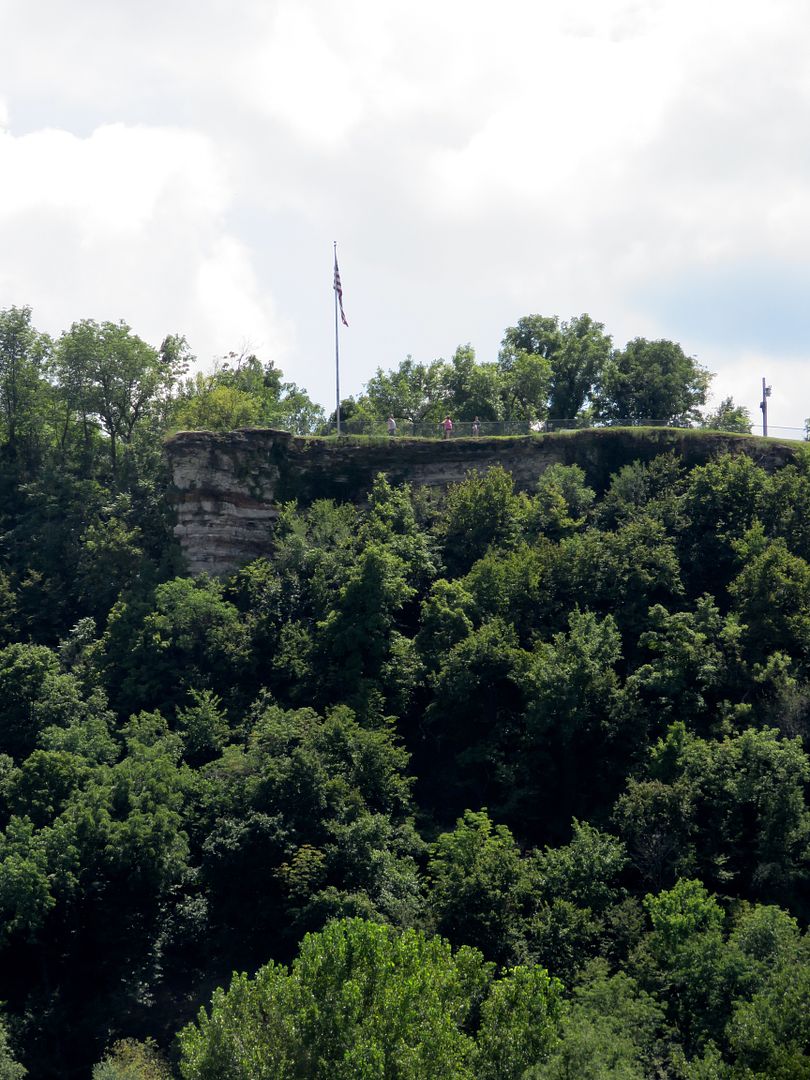


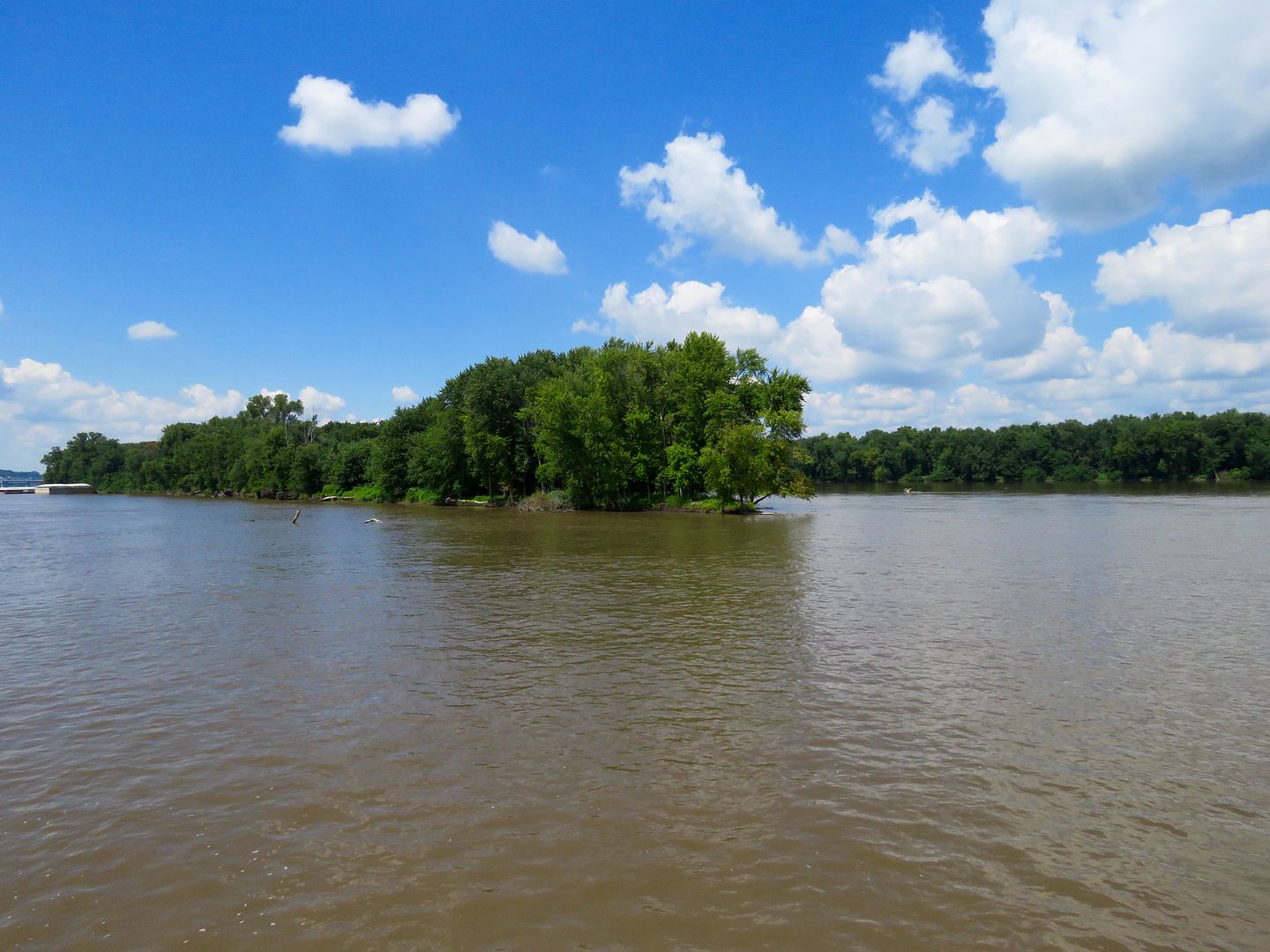
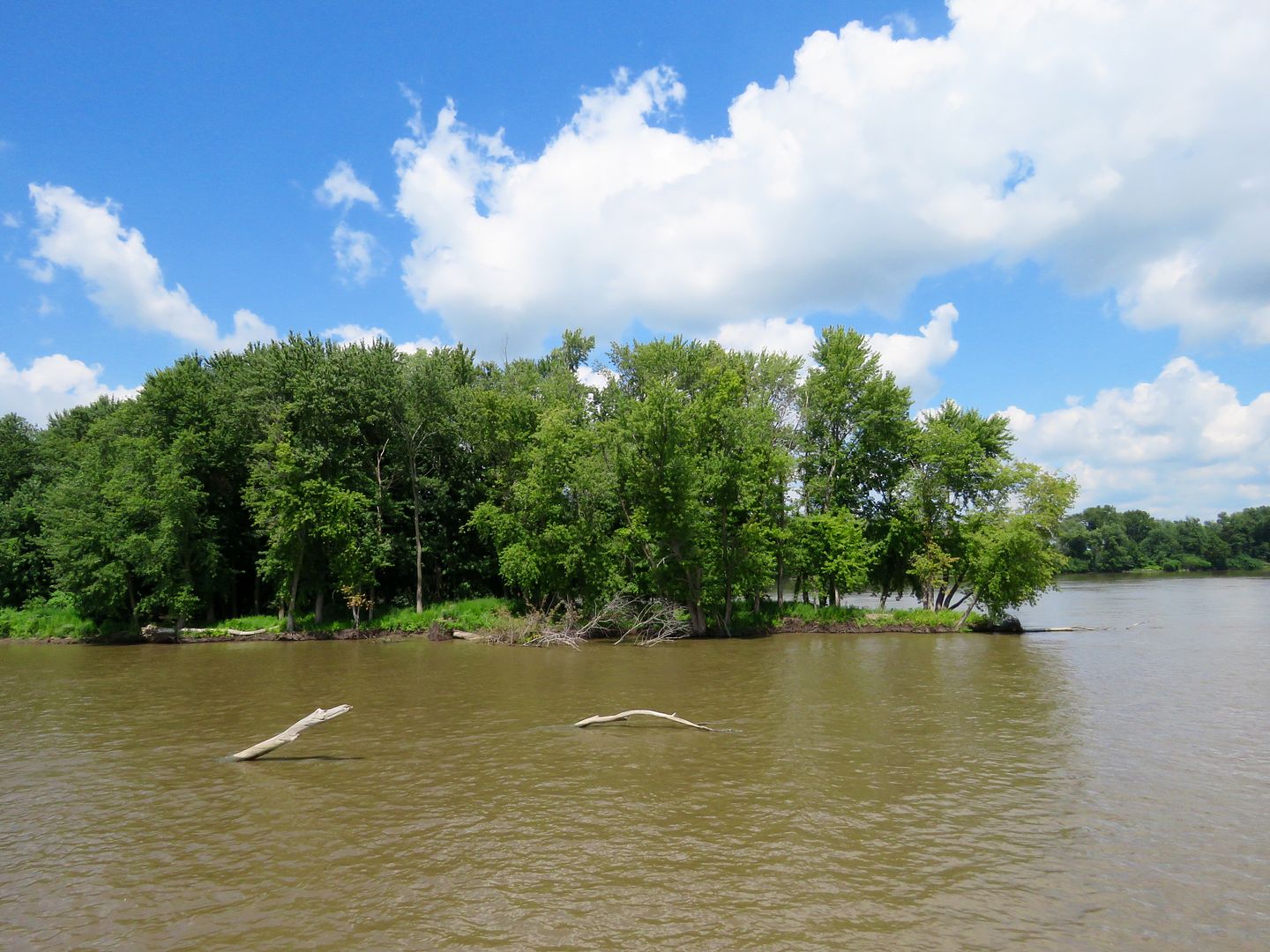
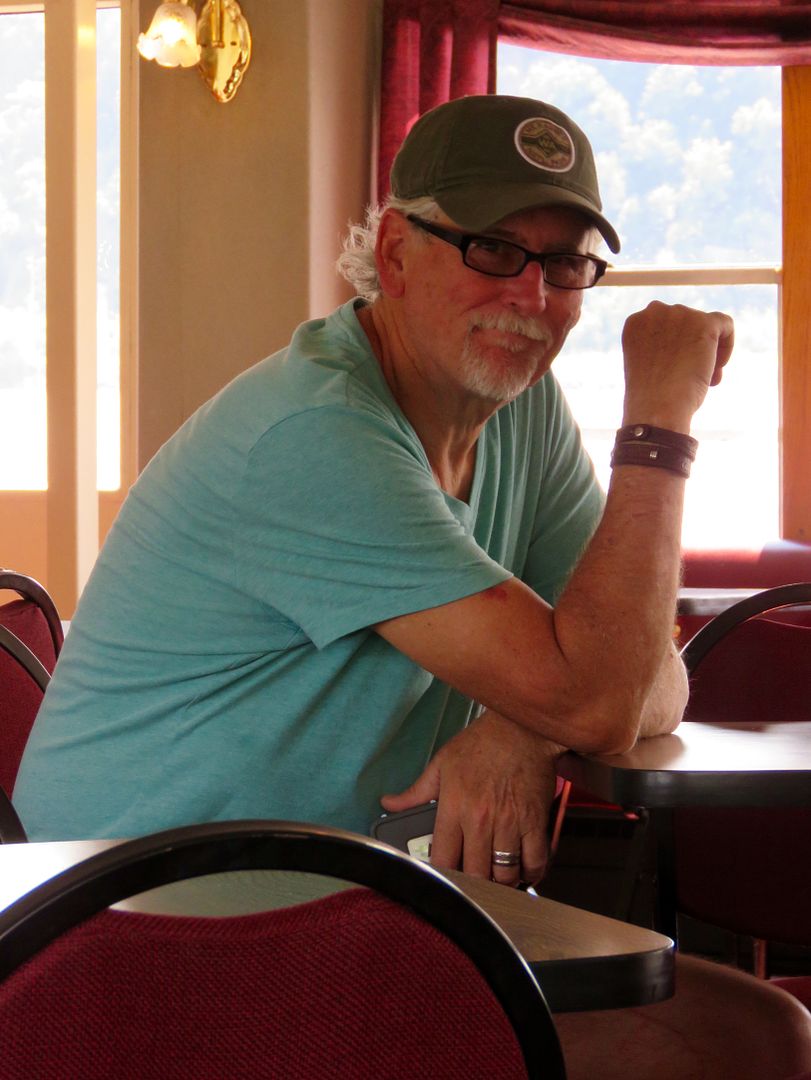
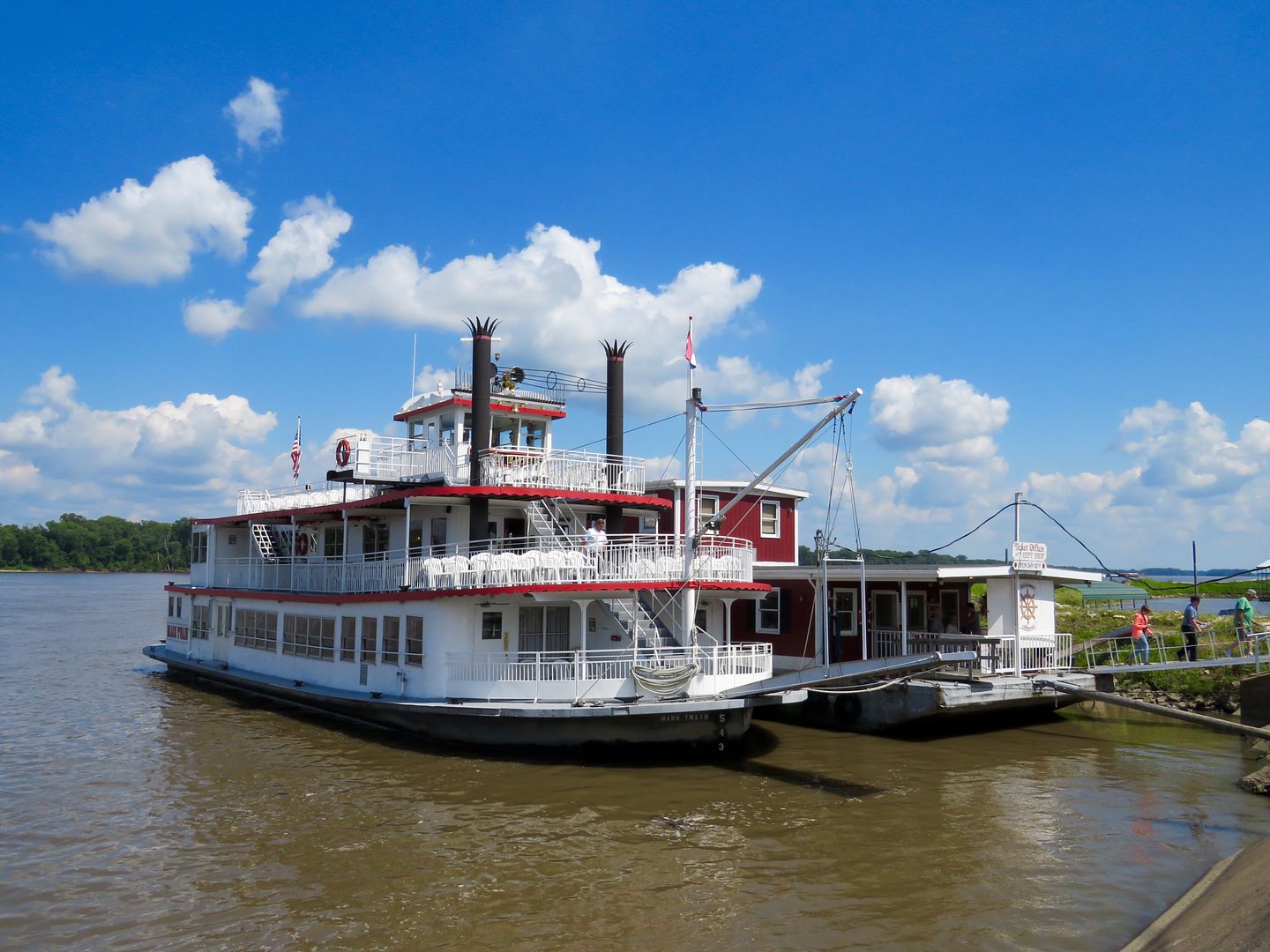
No comments:
Post a Comment